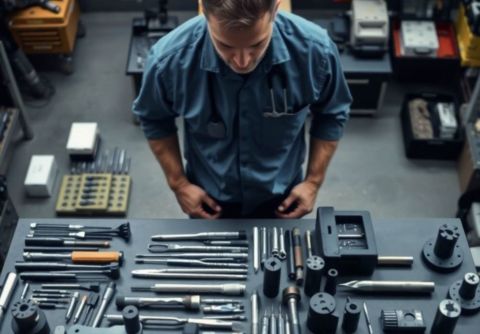Tools That Work: Reliable Simulation Techniques for Better Designs

There are a lot of flashy tools out there, promising speed and capability, but at the end of the day, all that truly matters is that you can achieve reliable performance. You can possess the most advanced simulation software on the market, but if the final product fails to deliver core performance and design reliability, the sophisticated tools become completely irrelevant. We know that the core principle remains: accuracy and certainty are everything, particularly in complex product development.
The real value of simulation isn't found in creating catchy graphics and impressive color contour plots for a presentation—it's in generating accurate data that guides critical, make-or-break design decisions. Over the years, I've learned a few essential habits that separate good simulation from great simulation, ensuring the results of Finite Element Analysis (FEA) are trustworthy, thereby transforming those beautiful graphics into actionable engineering intelligence.
Habits for Meaningful Simulation Results
Start Simple and Build Complexity
Always start with the most basic load case and constraint setup before moving into more intricate and complex scenarios. Establishing a simple, reliable baseline helps you verify the simulation setup and easily troubleshoot issues before complexity obscures the fundamentals.
Verify Your Material Assumptions
A critical matter when performing any kind of finite element analysis (FEA) is ensuring that your material properties are legitimate. Too often, especially with plastics, the datasheets themselves are insufficient or vague. If that's the case, we will often generate mechanical properties on our own through specialized testing in order to feed the best information possible into the simulation. Garbage in, garbage out—accurate input is key to accurate output.
Ground Your Model with Physical Correlation
A well-done simulation will always have at least one physical test correlation. It’s important to ground your model, even if you’re using a simple setup initially. This step validates your virtual environment against real-world behavior, ensuring that your stress analysis results truly reflect the product's performance.
Experience and Simulation: A Powerful Combination
We recently used this disciplined approach on a new injection-molded housing. Early FEA showed high strain in a screw boss—we quickly corrected the geometry based on the simulation data, reran the analysis, and the issue disappeared. That one insight kept the project on schedule and under budget.
Simulation doesn’t replace experience—it strengthens it. When these powerful simulation software tools are used properly, they become extensions of sound engineering judgment, boosting design reliability.
Ready to Build with Certainty?
Stop basing critical decisions on guesswork. Leverage our disciplined approach to finite element analysis and ensure your product delivers reliable performance every time.
Contact Design Department today to integrate reliable simulation techniques into your product development.
by Brian Leadingham
